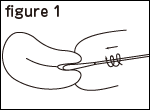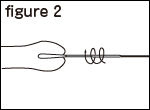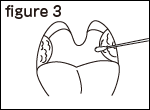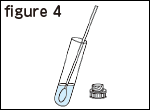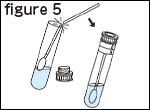Laboratory:Akiruno

Laboratory:Akiruno
CODE:06197 7
TMA (Transcription mediated amplification)
A method of amplifying RNA using two types of enzymes and two types of primers and substrates.
Double-stranded DNA is synthesized from the extracted RNA using reverse transcriptase, and this double-stranded DNA is used as a template to synthesize RNA by RNA polymerase transcription reaction, which is repeated to amplify the desired RNA region.
TEST NAME | SPECIMEN | CONTAINER |
|---|---|---|
|
Partial urine
|
CAP COLOR | STORE | TURNAROUND |
|---|---|---|
| 2-4 |
METHODOLOGY | REFERENCE RANGE |
|---|---|
TMA TMA (Transcription mediated amplification) | Negative |
![]()
![]()
Avoid freezing. Please avoid duplicate requests of other items. Please transfer the specimen to the special container and submit as soon as possible after collection. Please adhere strictly to the collection method or it may become impossible to report test results, especially for secretions, which may increase in the viscosity of the specimen. Since the affects of contamination are greater in this test method, please collect and handle the specimen with care.
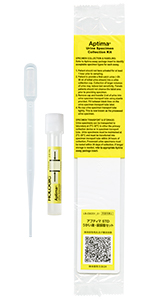
Contents: Lithium lauryl-sulfate, additives
Storage method: Room temperature
Expiration period: 1 year from production
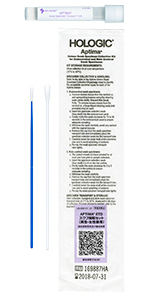
Contents: Lithium lauryl-sulfate, additives
Storage method: Room temperature
Expiration period: 1 year from production
[Note]
Please note that the swab shaft may be broken if an excessive force is applied to the shaft while collecting sample.
